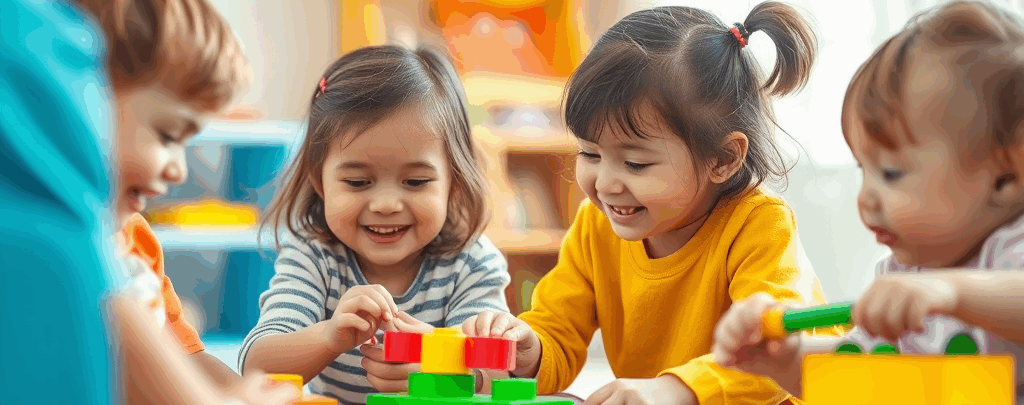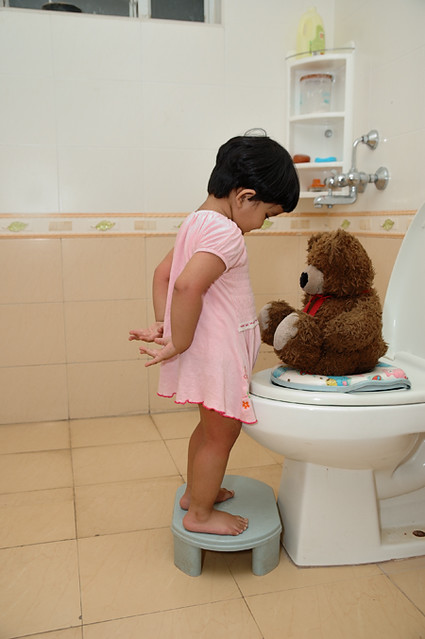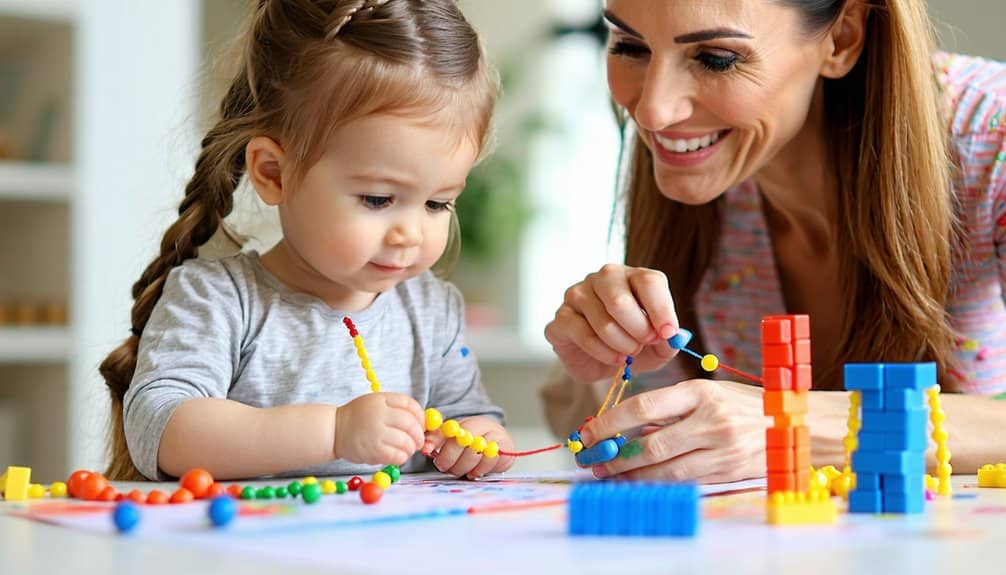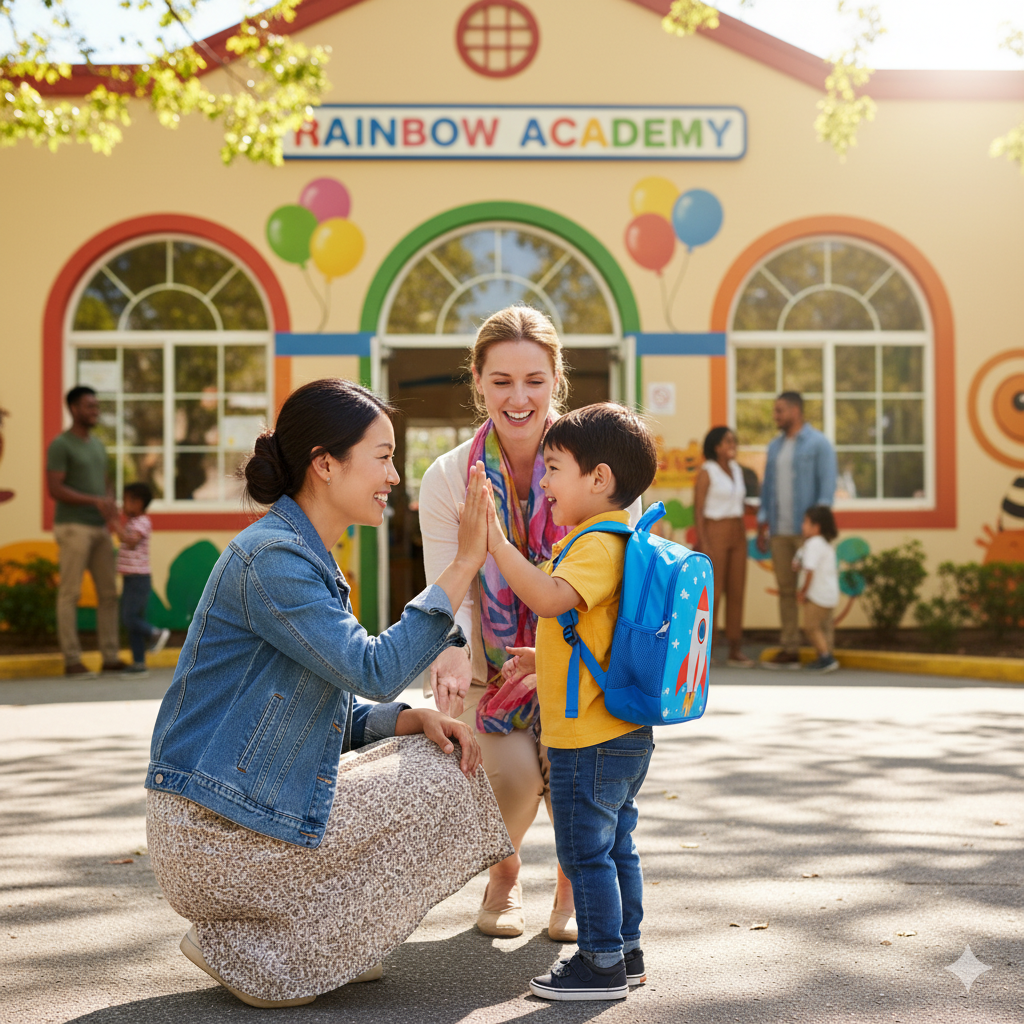The 7 Stages of Gift-Wrapping Grief
Here is a funny article for your entertainment. Enjoy!
The 7 Stages of Gift-Wrapping Grief: A Descent Into Madness

Every year, around the second week of December, a collective delusion washes over the population. We scroll through Instagram and Pinterest, beholding presents wrapped with the architectural precision of a Frank Gehry building. They have dried orange slices tied with twine. They have sprigs of real cedar tucked into velvet ribbons. Their corners are so sharp you could cut a steak with them.
And we think: “Yes. This year, this is who I am. I am an artisanal wrapper.”
We are lying to ourselves.
Read More













Posted: November 14, 2025 by Dennis6336 Leave a Comment
The Biting Phase
The Biting Phase: Understanding the “Why” and Managing the “Ouch”
Few things make a parent’s stomach drop faster than picking up their child from daycare and hearing, “There was an incident today…” whether your child was the one bitten or the one doing the biting.
Biting is a visceral, emotional, and often painful issue. Parents of the biter often feel intense shame (“Is my child aggressive?”), while parents of the victim feel protective anger. However, in the world of early childhood development, biting is surprisingly common and rarely malicious.
Here is a guide to decoding the behavior and handling it with confidence.
Read More